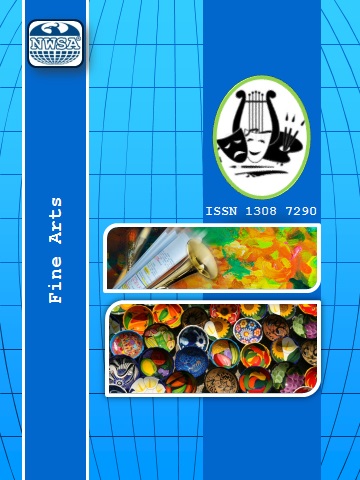LETTER IN CONTEXT OF CONFRONTATION TRAUMA IN CONTEMPORARY ART
Rabia DEMİR1
Events such as illness, death, violence, and war deeply affect the life of the individual or the social structure and cause radical changes and traumas. In the historical process of art, it is seen that artists are not indifferent to traumas, on the contrary, traumas constitute the center of their work. This article examines how the letter is handled as a means of communication between the artist and the audience in contemporary artworks that want to face personal or social traumas. In this context, examples of contemporary art that want to be aware of the traumas experienced, to tell them, to come to terms with the past and to achieve improvement in the name of the future, and using the letter as a means of expression, are included. In these works, where the letter is used as a means of expression and communication, the writer, reader or listener changes; the letter is written/read/listened to by the artist or the audience. Thus, the audience plays an important role as well as the letter in the emergence and completion of the work. This, in turn, turns the works into an interactive space, allowing to face the past and to realize the trauma experienced.
Keywords
Suffering,
Contemporary Art,
Letter,
Trauma,
Confrontation,
 +90(535) 849 84 68
+90(535) 849 84 68 nwsa.akademi@hotmail.com
nwsa.akademi@hotmail.com Fırat Akademi Samsun-Türkiye
Fırat Akademi Samsun-Türkiye
